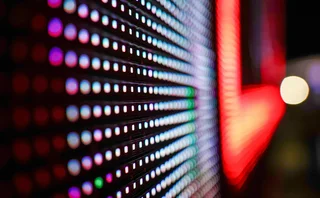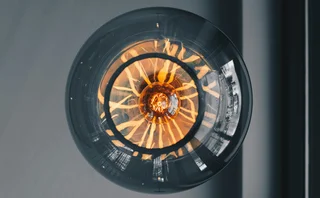Electricity house of the year: Citi
Energy Risk Awards 2017: Citi stands out with sophisticated power deals

Renewable energy is “a big business” for Citi, according to Mike Curry, head of structured origination and power sales in North America. As such, when the opportunity arose in 2016 to work on what he calls “the next generation of structures” in the space, the team at Citi was more than capable of rising to the challenge.
Working with global insurance company Allianz, Citi executed what its team believes to be a “ground-breaking” proxy swap in the renewable energy sector. The deal was structured so that Allianz assumed the project’s wind-speed risk, providing a fixed revenue stream to the developer. Citi then provided the insurer with a financial power hedge.
The bank was involved in a wide range of structured transactions in 2016, as well as trades with long tenors that hedged large volumes on behalf of a variety of clients in both the producer and consumer segments. The team closed a $300 million physical financing transaction with a US energy company last May, for example. By providing a three-year, 3,800 megawatt (MW) option, Citi was able to match the company’s physical power sales, and realign the timing of its cash inflows and outflows. So far, Citi has completed two such transactions in the US Midwest electricity markets and expects to do more this year.
Finally, Citi completed what it refers to as the largest revenue put in the power markets in 2016, working with a combined cycle generator to bring a $780 million project online. Naveen Arora, head of east power and emissions at Citi, says the project will benefit from rising power prices as a result, and is more attractive from a financing perspective due to the bank’s minimum revenue guarantee.
In addition to exotic structures, Citi’s electricity flow sales business has powered through two record-breaking years: volumes hit a new peak of 130 million megawatt hours (MWh) in 2015, only to peak again at 190 million MWh last year.
Highlighting Citi’s ongoing commitment to this space, Donnie Vinson, head of US power sales, says: “In what a lot of market participants would describe as a lower liquidity environment, we have been able to offer our hedging clients liquidity and continue to grow our franchise.” Overall, Citi’s electricity business accounted for 25% of its total revenues in 2016, demonstrating its continued commitment to the power markets in recent years.
More on Awards
Environmental products house of the year: ENGIE
Energy giant signs raft of forward-thinking environmental deals in Apac
Newcomer of the year: Marex
Commodities and financial services firm expands rapidly across Apac region, entering multiple new markets
Voluntary carbon markets house of the year: Marex
Marex’s support of mangrove projects provides high-quality credits for clients and socio-economic benefits for local communities
OTC trading platform of the year: Marex
Marex’s Agile platform registers impressive volume and client growth in Asia
Technology advisory firm of the year: KWA Analytics
With a focus on strategy and scalability, KWA Analytics improves clients’ operations in Japanese power, biofuels and certificates
Commodities technology house of the year: Topaz Technology
Strong revenue growth, Asia focus and a unique approach to unifying physical and financial risk
Electricity house of the year: Provincial Electricity Authority (PEA)
Power company uses renewables to help Thailand attract energy-intensive manufacturers amid recent geopolitical shifts
Energy Risk Asia Awards 2025: the winners
Winning firms showcase the value of prudent risk management amid challenging market conditions







